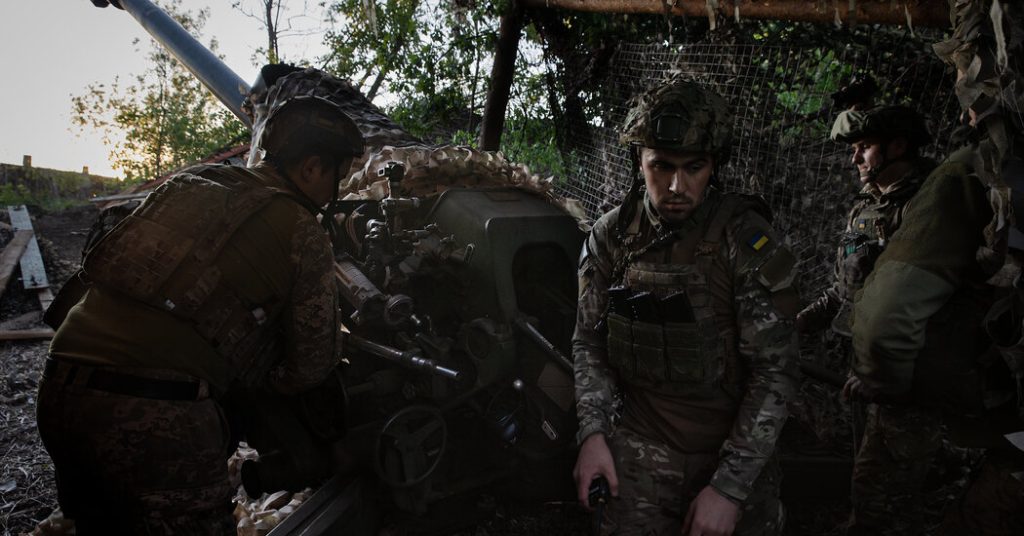France and Germany recently signed an agreement to develop a new multibillion-dollar battlefield tank, known as the Main Combat Ground System. This project had faced challenges for seven years due to political infighting, industrial rivalry, and neglect. The need to strengthen Europe’s military production capacity and arsenals was reignited by Russia’s invasion of Ukraine more than two years ago. However, Europe’s defense capabilities are hindered by political and logistical hurdles, as well as disjointed defense markets that make it difficult to streamline costs and ensure interoperability across borders.
The North Atlantic Treaty Organization (NATO) sets overall defense strategy and spending goals for Europe, but each NATO member has its own defense establishment, priorities, and favored companies. The lack of coordination and standardization in equipment procurement has hindered projects like the German-French “tank of the future.” France and Germany, the EU’s two largest economies, have contrasting views on European defense. France advocates for greater investment in a stronger and more self-sufficient military to counterbalance the US dominance in NATO, while Germany is more comfortable with its partnership with the US.
The effort to fill Europe’s depleted arsenal is happening at two speeds, with some countries buying equipment from the US and Asian allies, while France pushes for the acceleration of a “Made in Europe” defense industry. France, Spain, Italy, and Sweden believe that European funding should be used to invest in European military equipment production lines to increase self-sufficiency. The European Commission issued an industrial strategy to bolster Europe’s defense industry base and reduce reliance on non-EU suppliers. Central and East European countries are buying American arms, while Sweden’s Saab CEO believes that Europe must make long-term commitments to buy from European companies.
However, there are challenges in funding defense investments as the EU treaty prohibits using bloc funds for arms purchases. Countries like France have accumulated debts due to the pandemic, and most governments oppose a proposal for European defense bonds. Concerns also exist about excluding Britain, a major defense spender, from the EU’s military buildup. To survive and be competitive, Europe’s defense industry may need to merge or close smaller weapons makers to create economies of scale. The industry’s current fractured state with over five times as many weapons systems as the US makes it challenging to compete with American giants like Boeing and Lockheed Martin.
Consolidation of the European defense industry is seen as crucial to create profitable operations and produce enough arms for export. However, talk of mergers raises concerns about job losses in some countries. This dilemma highlights the complexity and challenges Europe faces in developing a coordinated and efficient military machine. As tensions rise between Russia and its neighbors and the need for stronger defense capabilities grows, Europe must overcome political, logistical, and market hurdles to ensure its security and sovereignty in the face of changing global dynamics.


